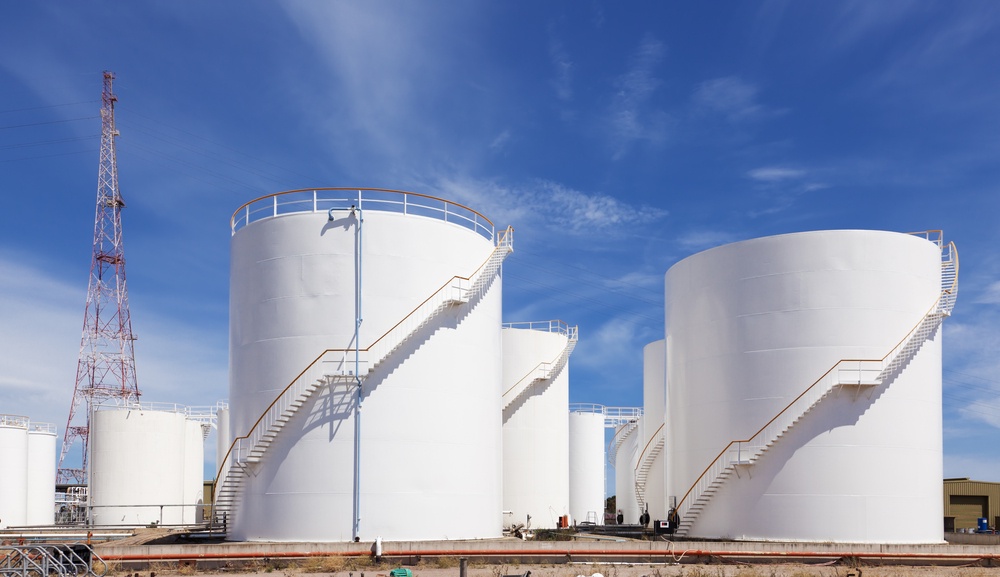Ground storage tanks are crucial components in the world of liquid storage, serving diverse industries and communities in securing and distributing water, chemicals, and various liquids. This post explores the nuances of ground storage tanks, covering their types, construction materials, applications, installation considerations, maintenance practices, and the evolving landscape of sustainable liquid storage solutions.
Understanding Ground Storage Tanks
Ground storage tanks, also known as ground-level reservoirs, are containers designed for the storage of liquids such as water, chemicals, and petroleum products. Unlike elevated tanks, these structures are situated at ground level, offering a versatile and accessible solution for storing and distributing liquids.
Types of Ground Storage Tanks
- Elevated Ground Storage Tanks:
Elevated ground storage tanks have a raised design, providing gravity-driven water pressure and allowing for efficient water distribution. These tanks are commonly used in municipal water supply systems, offering a reliable source of water for communities.
- Standpipes:
Standpipes are tall, cylindrical ground storage tanks with a single outlet at the top. They are often used for firefighting purposes and emergency water supply. Standpipes offer significant water storage capacity and can be strategically located to enhance firefighting capabilities.
- Reservoirs:
Reservoirs are large ground storage tanks designed to store and regulate water for municipal or industrial use. They are typically constructed with materials that prevent contamination and ensure water quality. Reservoirs play a vital role in meeting the demand for water during peak usage periods.
Construction Materials for Ground Storage Tanks
Concrete: Concrete is a popular construction material for ground storage tanks due to its durability and ability to resist corrosion. Tanks made of reinforced concrete are well-suited for storing water, chemicals, and other liquids, providing long-term structural integrity.
Steel: Steel ground storage tanks are known for their strength and resilience. Corrugated steel tanks, in particular, are widely used for water storage. These tanks can be coated to prevent corrosion and can withstand harsh environmental conditions.
Fiberglass-reinforced plastic (FRP): FRP ground storage tanks offer corrosion resistance and durability. These tanks are lightweight, making them easy to transport and install. FRP tanks are suitable for storing a variety of liquids, including chemicals and potable water.
Applications of Ground Storage Tanks
- Municipal Water Supply
Ground storage tanks are fundamental to municipal water supply systems. They ensure a consistent and reliable water source for communities, helping meet daily consumption needs and providing a reserve for emergencies or peak demand periods.
- Industrial Use
Industries rely on ground storage tanks for the storage of liquids integral to their processes. Whether storing raw materials, chemicals, or processed liquids, these tanks offer a flexible and secure solution for industrial applications.
- Agricultural Water Storage
In agriculture, ground storage tanks are used for irrigation, providing a sustainable water source for crops. These tanks allow farmers to manage water distribution efficiently and optimize agricultural practices.
Installation Considerations for Ground Storage Tanks
Site Selection and Preparation
Choosing the right location for a ground storage tank is critical. Factors such as soil composition, groundwater levels, and proximity to utilities should be considered. Proper site preparation, including excavation and foundation construction, ensures the tank's stability.
Engineering and Design
Professional engineering and design play a crucial role in the successful installation of ground storage tanks. Factors such as tank size, material selection, seismic considerations, and adherence to local codes and regulations must be carefully assessed during the planning phase.
Maintenance Practices for Ground Storage Tanks
- Regular Inspections
Routine inspections are crucial for identifying potential issues in-ground storage tanks. Inspecting the tank's structural integrity, coating condition, and potential signs of corrosion allows for early detection of problems and timely maintenance.
- Coating Maintenance
Protective coatings on steel or concrete tanks help prevent corrosion and extend the tank's lifespan. Regular inspection and maintenance of these coatings, including touch-ups or reapplications as needed, are essential to preserve the tank's integrity.
- Cleaning and Sanitization
Cleaning and sanitization are vital for maintaining water quality in-ground storage tanks. Regular removal of sediment, algae, and contaminants prevents the buildup of harmful substances and ensures the stored water remains safe for consumption.
The Evolution of Sustainable Ground Storage Solutions
Green Roofs and Sustainable Design
The integration of green roofs on ground storage tanks is a sustainable design approach gaining popularity. Green roofs promote environmental benefits, such as stormwater management, improved insulation, and enhanced aesthetics. This eco-friendly approach aligns with the broader trend of integrating sustainable practices into infrastructure design.
Smart Tank Technologies
Advancements in technology have given rise to smart tank solutions. These systems incorporate sensors and monitoring devices to track water levels, detect leaks, and optimize tank performance. Smart tank technologies enhance operational efficiency, reduce maintenance costs, and contribute to resource conservation.
Rainwater Harvesting
Ground storage tanks are integral to rainwater harvesting systems. These systems collect and store rainwater for various non-potable uses, such as irrigation, industrial processes, and cooling systems. Rainwater harvesting promotes water conservation and reduces reliance on traditional water sources.
Conclusion
Ground storage tanks play a vital role in securing and distributing liquids for municipal, industrial, and agricultural applications. Understanding the types, construction materials, applications, installation considerations, and maintenance practices associated with these tanks is essential for ensuring their optimal performance and longevity. As sustainability becomes increasingly important, the evolution of ground storage solutions reflects a commitment to eco-friendly practices and the integration of smart technologies. This post equips individuals, industries, and municipalities with the knowledge needed to make informed decisions about ground storage tanks and contribute to a more sustainable and resilient liquid storage infrastructure.


No comments yet